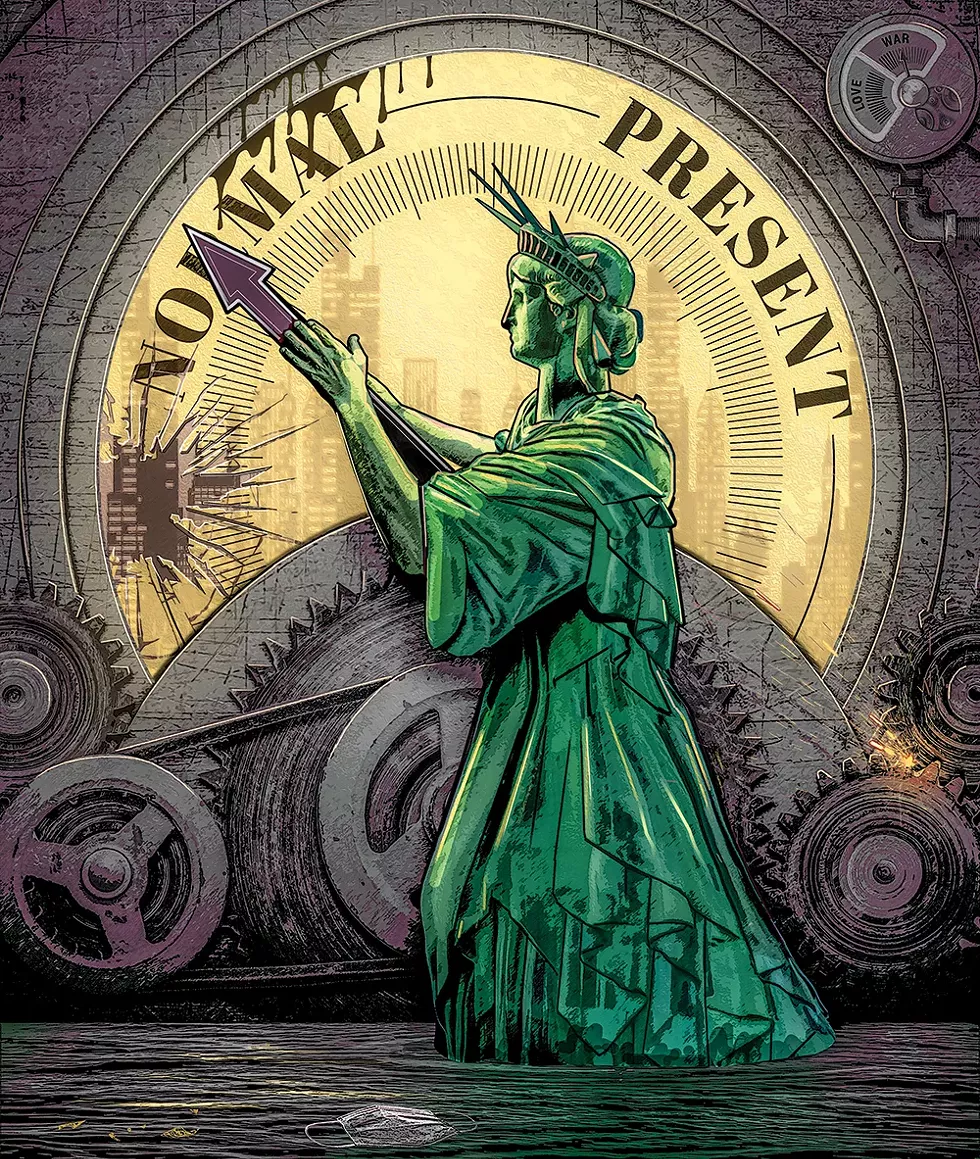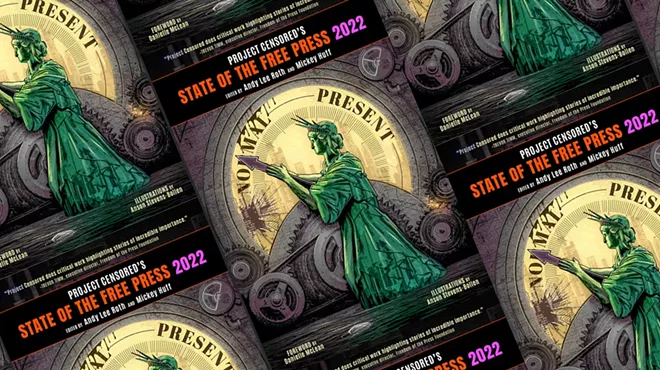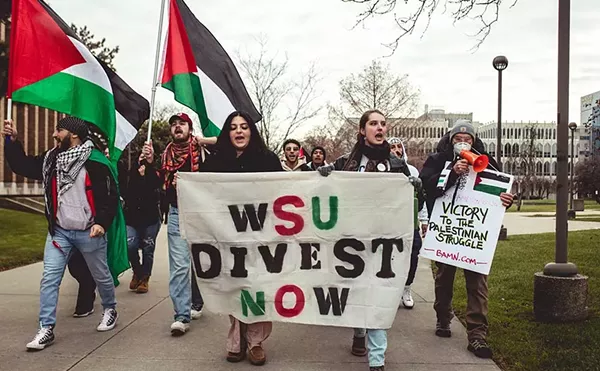
Project Censored’s co-directors, Mickey Huff and Andy Lee Roth, title their introduction to this year’s edition of State of the Free Press, “A Return to News Normalcy?” drawing a direct parallel between our world today to that of post-World War I America, “When the United States faced another raging pandemic and economic recession,” with other sources of tumult as well: "The United States then had experienced a crackdown on civil liberties and free speech in the form of Espionage and Sedition Acts; racial tensions flared during the Red Summer of 1919 as violence erupted from Chicago to Tulsa; Prohibition was the law of the land; and the first wave of US feminism ended with the passage of the 19th Amendment." At the time, they noted, "People yearned for a return to 'normalcy,' as then-presidential hopeful Warren G. Harding proclaimed."
But it was not to be. "The desire for simpler times, however, was more a phantom than a reality, as millions of Americans ultimately had to adjust to an ever- and fast-changing world," including a rapidly changing media landscape — most notably the explosion of radio. And we should expect much the same. Every major change in the media landscape has brought with it the promise of expanded horizons and democratic possibility — the potential for a broader, more inclusive public conversation — only to see many of the old patterns of division, exclusion and demonization recur in new ways as well as old, as recent revelations about Facebook vividly remind us.
Project Censored isn’t alone in drawing parallels to a century ago, of course. The pandemic above all has expanded journalistic horizons, as a matter of necessity. To a lesser extent, the threat to American democracy — part of a worldwide trend of democratic backsliding — has done so as well. But though some have expanded their horizons, many more continue as if little or nothing has fundamentally changed. Day-to-day news stories perpetuate the fantasy that normal has already returned. And in one sense they’re right: The normal patterns of exclusion and suppression that Project Censored has been tracking for over 40 years continue to dominate, with even the latest wrinkles fitting into well-established, if evolving, broad patterns that are depressingly familiar.
These patterns are reflected in Project Censored’s top ten list, with two stories each about labor struggles, racism, threats to health, the environment and free speech. Yes, that’s 12 stories, not 10, because some stories fit into more than one pattern — and some readers will surely find more patterns as well.
Several stories this year deal with topics that have gotten widespread attention — but with aspects that have been virtually, or entirely ignored. The number one story, for example, deals with prescription drug costs, a widely covered story, but with a significant difference in focus: how much those costs translate to in lost lives. The number nine story deals with police violence against people of color, but with a new focus that’s actually quite old: vicious police dog attacks. The number four story deals with climate change, again with a different focus: how heavily-industrialized nations like the U.S. “have effectively colonized the global atmospheric commons for the sake of their own industrial growth.”
The point of Project Censored has never been just to expose significant stories that have been ignored, but rather to expose them as portals to a wider landscape of understanding and action. In that spirit, here is our summary of this year’s top ten censored stories:








